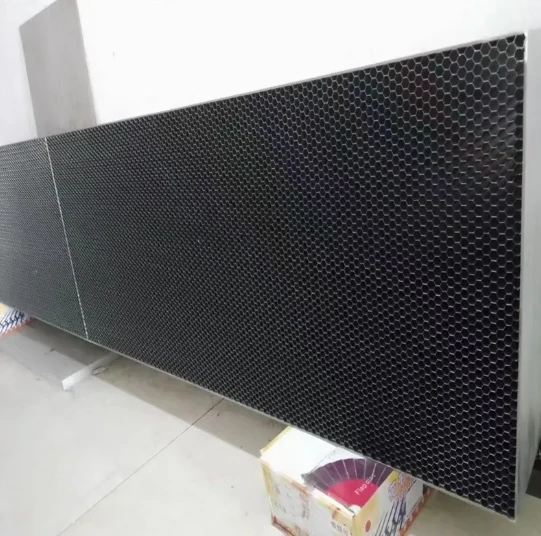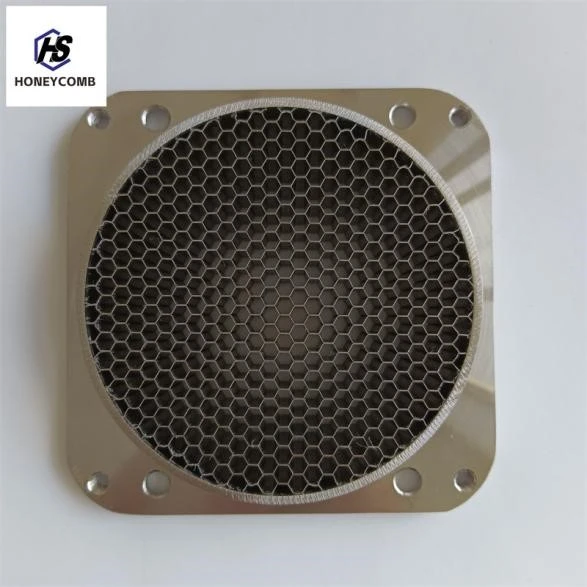
- Afrikaans
- Albanian
- Amharic
- Arabic
- Armenian
- Azerbaijani
- Basque
- Belarusian
- Bengali
- Bosnian
- Bulgarian
- Catalan
- Cebuano
- China
- China (Taiwan)
- Corsican
- Croatian
- Czech
- Danish
- Dutch
- English
- Esperanto
- Estonian
- Finnish
- French
- Frisian
- Galician
- Georgian
- German
- Greek
- Gujarati
- Haitian Creole
- hausa
- hawaiian
- Hebrew
- Hindi
- Miao
- Indonesian
- Italian
- Japanese
- Javanese
- Malay
- Persian
- Portuguese
- Punjabi
- Russian
- Spanish
- Swahili
- Telugu
- Vietnamese

Premium ITO Coated Glass for Electronics High Conductivity
- Fundamental properties and manufacturing process of ITO coated glass
- Technical advantages driving adoption across industries
- Performance comparison of leading ITO glass manufacturers
- Customization possibilities for specialized applications
- Critical application areas with real-world implementations
- Market trends and emerging technology developments
- Selection criteria for optimal ITO conductive glass integration

(ito coated glass)
Understanding Fundamental Properties of ITO Coated Glass
Indium Tin Oxide coated glass represents a critical material advancement combining optical clarity with electrical conductivity. The manufacturing process involves depositing an ultrathin ITO layer (typically 100-200 nanometers) through magnetron sputtering or electron beam evaporation onto float glass substrates. This transparent conductive coating achieves remarkable sheet resistance values between 4-15 Ω/sq while maintaining over 85% visible light transmission.
The unique properties emerge from indium oxide doped with tin, creating charge carriers that allow electrical current flow. Material scientists balance competing performance parameters: Increased thickness improves conductivity but reduces light transmission. Optimal coatings achieve less than 1% haze levels, crucial for display applications where visual distortion is unacceptable. Surface roughness must be maintained under 2nm RMS to prevent electrical inconsistencies and ensure uniform performance across substrates.
Technical Advantages Driving Industrial Adoption
ITO coated glass delivers three critical technical advantages surpassing alternative transparent conductive materials. First, its environmental stability maintains conductivity at over 90% of original values after 1000 hours in 85°C/85% humidity conditions. Second, the surface hardness reaches 6H on the pencil hardness scale, enabling durable touch surfaces without additional protective films. Third, thermal processing tolerance permits heating to 500°C without conductivity degradation, allowing compatibility with multiple fabrication processes.
| Performance Characteristic | ITO Glass | Silver Nanowire Film | Graphene | Conductive Polymers |
|---|---|---|---|---|
| Sheet Resistance (Ω/sq) | 4-15 | 15-50 | 30-300 | 50-500 |
| Transmittance (%) | 85-92 | 88-92 | 90-97 | 80-90 |
| Haze (%) | <1 | 1-5 | 0.5-1.5 | 1-3 |
| Stability (HT/HH) | Excellent | Good | Fair | Poor |
| Patterning Difficulty | Standard | Challenging | Difficult | Easy |
Leading Manufacturer Capabilities Comparison
Industrial-scale ITO conductive glass production requires advanced deposition technology and strict quality controls. Corning achieves superior uniformity with ±3% resistance variation across Gen 8.5 substrates while maintaining 88% transmittance at 550nm wavelength. AGC provides superior chemical resistance through proprietary surface treatments, extending device lifespan in harsh environments. Emerging manufacturers like Geomatec now offer competitive options achieving competitive specifications at lower costs.
| Manufacturer | Sheet Resistance (Ω/sq) | Transmittance (%) | Max Substrate Size | Price Index (100 = Standard) | Specialized Capabilities |
|---|---|---|---|---|---|
| Corning Inc. | 6-8 | 92 | 2500mm × 2200mm | 130 | Extreme uniformity for OLED production |
| AGC Electronics | 5-7 | 90 | 2200mm × 1800mm | 125 | Chemical-resistant surface treatments |
| Nippon Electric Glass | 8-10 | 91 | 1500mm × 1800mm | 110 | Special low-reflectivity coatings |
| Geomatec | 9-12 | 89 | 1300mm × 1100mm | 85 | Cost-effective mid-spec solutions |
Custom Configuration Possibilities
Specialized implementations increasingly demand tailored ITO glass configurations that address application-specific challenges. Aerospace displays often require integrated electromagnetic shielding functionality with up to 40dB attenuation of RF interference while maintaining 80% optical clarity. Laboratory instrumentation employs patterned electrode designs with trace widths under 15μm and resistance uniformity below 2% across substrates.
Customizations extend beyond electrical properties: Anti-reflective coatings increase transmittance to 95% for medical devices, while edge deletion treatments prevent ionic migration in high-humidity environments. Industrial touch applications incorporate hard-coat treatments achieving 8H pencil hardness for metal stylus compatibility. Thermal processing capabilities accommodate ceramic frit electrodes for vehicle applications requiring heat cycling durability beyond standard manufacturing specifications.
Real-World Implementation Examples
Medical diagnostic equipment demonstrates ITO glass's critical functionality. Siemens Healthineers' digital X-ray detectors utilize patterned ITO conductive glass achieving 98% quantum detection efficiency at critical energies. Touch sensor integration in Philips' ultrasound machines maintains functionality despite chemical disinfectant exposure through specialized protective layers. Aerospace implementations in Boeing 787 flight decks utilize laminated ITO glass assemblies withstanding temperatures from -55°C to 85°C while maintaining calibration accuracy.
Consumer electronics continuously push performance boundaries. Samsung's foldable displays employ optimized ITO coatings that maintain conductivity through over 300,000 bending cycles at 3mm radius. Automotive instrument clusters from Continental integrate transparent heating elements capable of clearing condensation in under 20 seconds at -30°C conditions. These implementations highlight the material's reliability in demanding environments.
Emerging Technology Developments
Research developments target cost reduction and enhanced performance parameters. Indium consumption reduction technologies show potential for 30% material savings through precise nanoparticle placement techniques while maintaining conductive properties. Hybrid coating approaches incorporating graphene demonstrate 12% improved conductivity with identical light transmission characteristics in prototype implementations.
Industry forecasts predict 7.8% CAGR for conductive glass applications through 2030, driven by increasing adoption in solar energy and IOT interfaces. Flexible ITO glass variants suitable for roll-to-roll production have achieved production viability. Research institutions including Fraunhofer FEP recently demonstrated roll-based ITO coating maintaining stable properties across 100m continuous lengths.
ITO Glass Partner Selection Process
Identifying the proper ITO coated glass provider necessitates evaluating four technical dimensions: environmental compatibility factors, manufacturing process compatibility, supply chain stability, and technical support infrastructure. Industrial touch installations require verification of haze measurement methods and comprehensive qualification of surface hardness claims. Medical device integrators demand documented material traceability from raw material procurement through final production batch records.
Material qualification should include extended environmental testing simulating actual operational conditions. Automotive applications necessitate thermal cycling validation through 1,000 cycles between -40°C and 125°C while maintaining optical and electrical performance. Device designers increasingly request accelerated life testing data correlating to 10-year service life projections. Successful deployments feature comprehensive technical partnerships where suppliers provide application engineering support during both prototype development and volume production stages.

(ito coated glass)
FAQS on ito coated glass
Q: What is ITO coated glass?
A: ITO coated glass is glass with a thin, transparent layer of indium tin oxide (ITO) applied to its surface. This coating provides electrical conductivity while maintaining high light transmittance, making it ideal for touch screens and displays.
Q: What are the key applications of ITO conductive glass?
A: ITO conductive glass is primarily used in electronic devices like smartphones, tablets, and LCD monitors. It serves as an electrode layer for touch sensors, OLEDs, and solar panels due to its conductive and transparent properties.
Q: What are the advantages of using ITO glass over alternatives?
A: ITO glass offers superior electrical conductivity and optical clarity compared to alternatives like metal mesh. Its durability ensures reliable performance in extreme environments, though it faces competition from newer materials for cost reasons.
Q: How is ITO coated glass manufactured?
A: It is made by depositing ITO onto glass via methods like sputtering or chemical vapor deposition. This process creates a nanoscale layer that conducts electricity while allowing over 90% light transmission.
Q: How should ITO conductive glass be cleaned and maintained?
A: Clean it gently with a soft, lint-free cloth and mild detergent to avoid scratching. Avoid abrasive chemicals or pressure, ensuring the coating remains intact for consistent conductivity and transparency.
Products categories
-
Why Vented Aluminum Honeycomb Is Leading the Way in Shielding and Ventilation SolutionsNewsJul.18,2025
-
Why Stainless Steel Honeycomb Panel is the Ultimate Choice for High-Tech Shielding and ProtectionNewsJul.18,2025
-
Why Honeycomb Strips Are Revolutionizing High-Speed Sealing SolutionsNewsJul.18,2025
-
Shielded Glass Innovation Powers the Future of Electromagnetic ProtectionNewsJul.18,2025
-
Precision Starts Here: Revolutionizing Airflow Control with Honeycomb Wind Tunnel SolutionsNewsJul.18,2025
-
Elevate Industrial Performance with Precision-Engineered Steel Honeycomb Core SolutionsNewsJul.18,2025
-
Vented Aluminum Honeycomb: A Smart Shield for Airflow and EMI ControlNewsJul.11,2025















